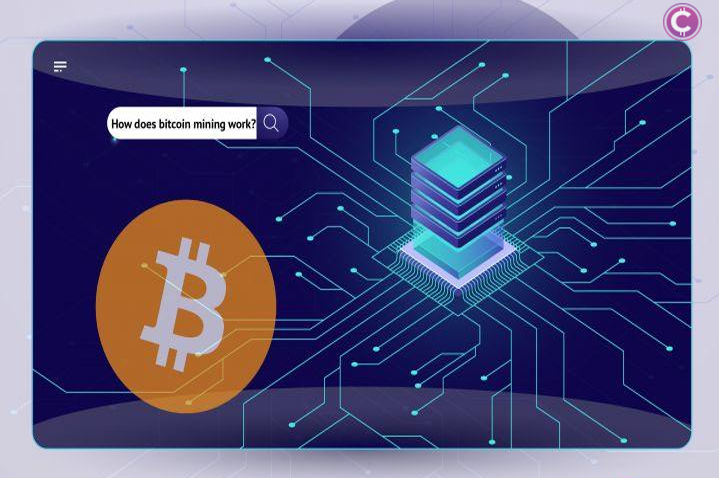
Governments simply print more money when they need to in traditional fiat money systems.However, in bitcoin, money is discovered rather than printed.By competing against one another, computers from all over the world "mine" coins.
Governments and banks can and do issue more money whenever they want in the conventional fiscal system.But no one can do that in Bitcoin because the process of issuing money is based on mining, a very clever way to confirm Bitcoin transactions and simultaneously record them on a decentralized ledger.
But how exactly does mining Bitcoin work?We go over the fundamentals of Bitcoin mining and the key steps that go into it in this guide.
What is mining for Bitcoin?
The act of "discovering" bitcoins is what we mean when we talk about bitcoin mining.Bitcoins, like gold, are artificially limited to 21 million BTC at any given time.Additionally, like gold, extracting it necessitates a commitment of time and resources.Bitcoins, on the other hand, are designed to be mined using the computational power of millions of competing computers from around the world, in contrast to gold mining.
It may be difficult to comprehend at first, but in reality, it is quite clever.Although anyone can run a Bitcoin node and try their hand at mining, no one is guaranteed to make money.However, one thing is guaranteed by these millions of computers: the network's functionality and safety.
See our name-brand guide if you want to learn more about "what is bitcoin mining."
For the time being, all you need to know is that mining Bitcoins has multiple uses:
safeguards Bitcoin's network.
encourages miners to devote resources to the Bitcoin network by providing an incentive.
confirms transactions using Bitcoin.
ensures Bitcoin's decentralization, making it free worldwide peer-to-peer money.
makes bitcoins difficult to obtain and rare.
penalizes network members who break the rules by making it unprofitable to do so.
How is mining carried out?
All the time, people can send bitcoins or any other digital asset, but it doesn't mean much unless someone keeps track of them all.This is especially true for digital assets, which are incredibly simple to replicate.Therefore, in order to have fully functioning digital cash, you must record who paid what and to whom, and banks basically do this for us.
But if there aren't any organizations monitoring the transaction, how can we be sure that A has sent bitcoins to B?When person A sends the same amount of bitcoins to person C, how do we stop double spending?
The solution is mining Bitcoin.
By processing, listing, and locking all network transactions into immutable blocks, the Bitcoin network takes the place of banks and other intermediaries.In the end, the miners are the ones who do all the work: they divide up their hashing power to confirm the transactions and record them in a distributed public ledger.
A computer and a special Bitcoin program (client) are required for Bitcoin mining.You can compete with other miners to solve intricate math puzzles when you install the Bitcoin client on your computer.Using cryptographic hash functions, all computers attempt to solve a block containing the most recent transaction data every ten minutes.
What are hashes of bitcoin?
The public ledger is updated with each solved block.The Bitcoin blockchain is basically a long list of blocks that make up the distributed public ledger.
The Bitcoin distributed ledger, also known as the blockchain, is a public record of all network transactions.Anyone can use any bitcoin block explorer to look at the file because it is public.The ledger gets a new block about once every ten minutes.As a result, the size of the blockchain keeps getting bigger.Miners share an updated copy of a new block so that everyone always knows what's going on.
Now, what does that accomplish?
A ledger in traditional systems needs to be able to be trusted. This means that there needs to be someone or something that can be trusted to keep an eye on it and make sure that no one alters it.This function is performed by miners in the Bitcoin network.
The miners must process a block of transactions when it is ready.They transform into a seemingly random sequence of numbers and letters known as a hash by employing the SHA-256 Cryptographic Hash Algorithm.As a proof of work and validation, the hash is kept in sync with the block at the end of the blockchain at that point in time.